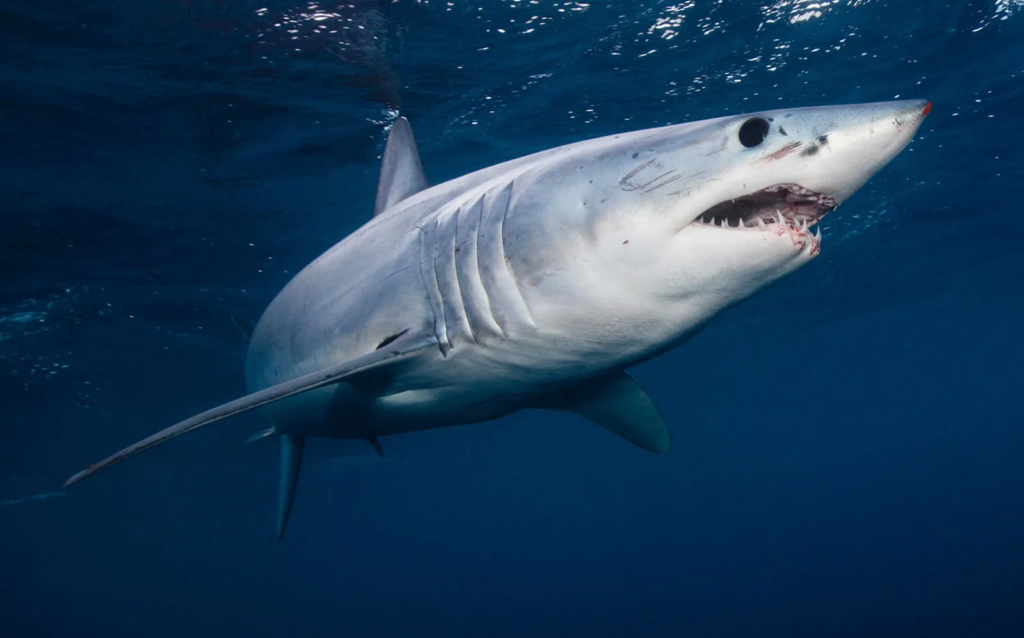Woolly Mouse Created as Scientists Aim to Bring Back Mammoths
Scientists have created a Wolly Mouse as a first step towards bringing back the woolly mammoth using genetic technology. Read about it here
Woolly Mouse Created as Scientists Aim to Bring Back Mammoths Read More »






